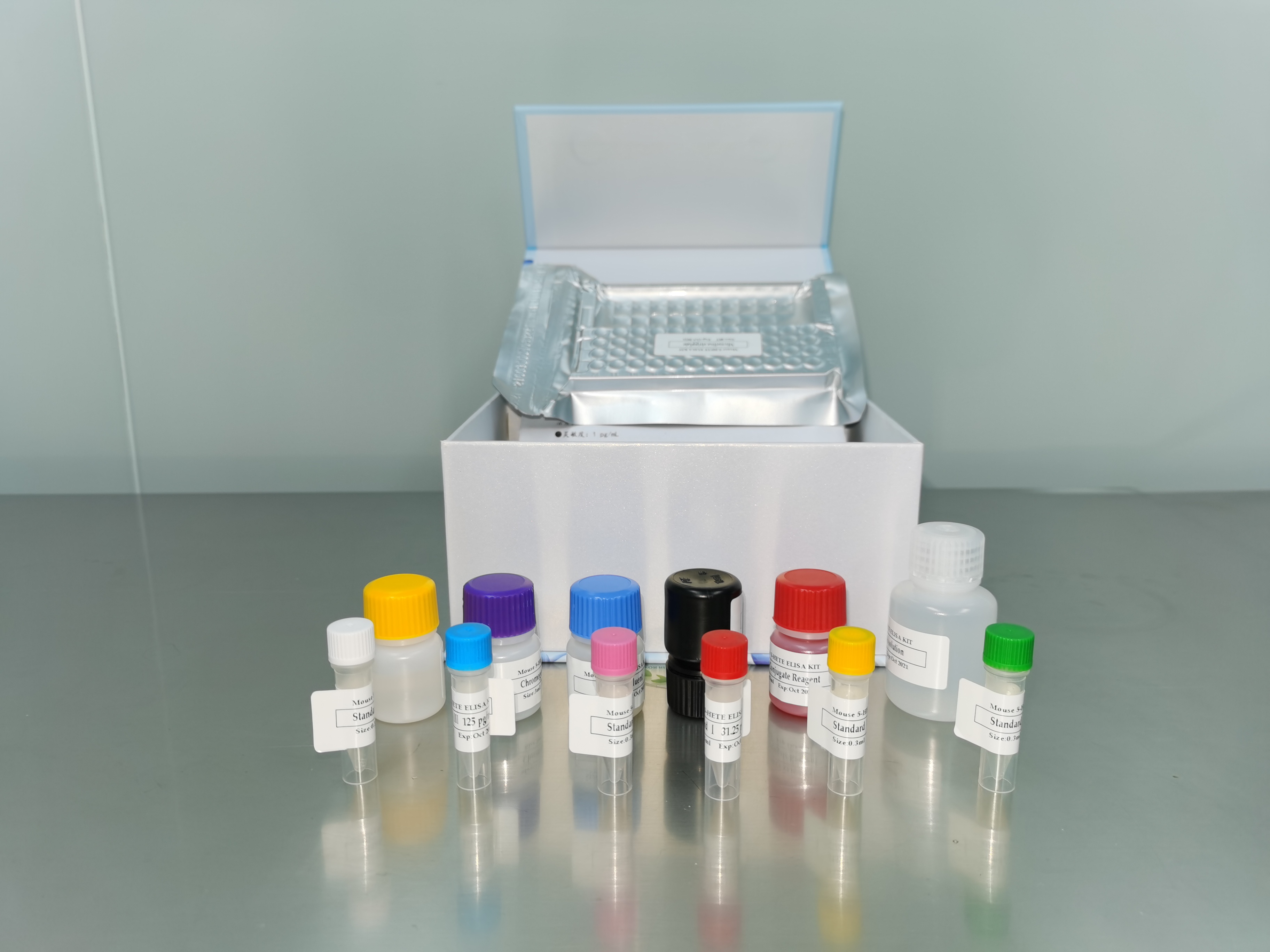| 产品名称: | Pluralibacter pyrinus Chung et al. |
|---|---|
| 商品货号: | TS131955 |
| Deposited As: | Enterobacter pyrinus Chung et al. |
| Strain Designations: | CDC G6570 KCTC 2520 |
| Isolation: | Plant -xa0Diseased pear leaves, Pyrus pyrifolia cv. Mansamgil, Yusung, Korea |
| Biosafety Level: | 1
Biosafety classification is based on U.S. Public Health Service Guidelines, it is the responsibility of the customer to ensure that their facilities comply with biosafety regulations for their own country. |
| Product Format: | freeze-dried |
| Storage Conditions: | Frozen: -80°C or colder Freeze-Dried: 2°C to 8°C Live Culture: See Propagation Section |
| Preceptrol®: | no |
| Type Strain: | yes |
| Comments: | Causes brown leaf spot disease of pear trees |
| Medium: | ATCC® Medium 18: Trypticase Soy Agar/Broth |
| Growth Conditions: | Temperature: 30°C
Atmosphere: Aerobic |
| Name of Depositor: | DJ Brenner |
| Chain of Custody: | ATCC <-- DJ Brenner <-- Y.R. Chung |
| References: | Chung YR, et al. Enterobacter pyrinus sp. nov., an organism associated with brown leaf spot disease of pear trees. Int. J. Syst. Bacteriol. 43: 157-161, 1993. Brady C, et al. Taxonomic evaluation of the genus Enterobacter based on multilocus sequence analysis (MLSA): proposal to reclassify E. nimipressuralis and E. amnigenus into Lelliottia gen. nov. as Lelliottia nimipressuralis comb. nov. and Lelliottia amnigena comb. nov., respectively, E. gergoviae and E. pyrinus into Pluralibacter gen. nov. as Pluralibacter gergoviae comb. nov. and Pluralibacter pyrinus comb. nov., respectively, E. cowanii, E. radicincitans, E. oryzae and E. arachidis into Kosakonia gen. nov. as Kosakonia cowanii comb. nov., Kosakonia radicincitans comb. nov., Kosakonia oryzae comb. nov. and Kosakonia arachidis comb. nov., respectively, and E. turicensis, E. helveticus and E. pulveris into Cronobacter as Cronobacter zurichensis nom. nov., Cronobacter helveticus comb. nov. and Cronobacter pulveris comb. nov., respectively, and emended description of the genera Enterobacter and Cronobacter. Syst Appl Microbiol 36(5): 309-319, 2013. PubMed: 23632228 |


